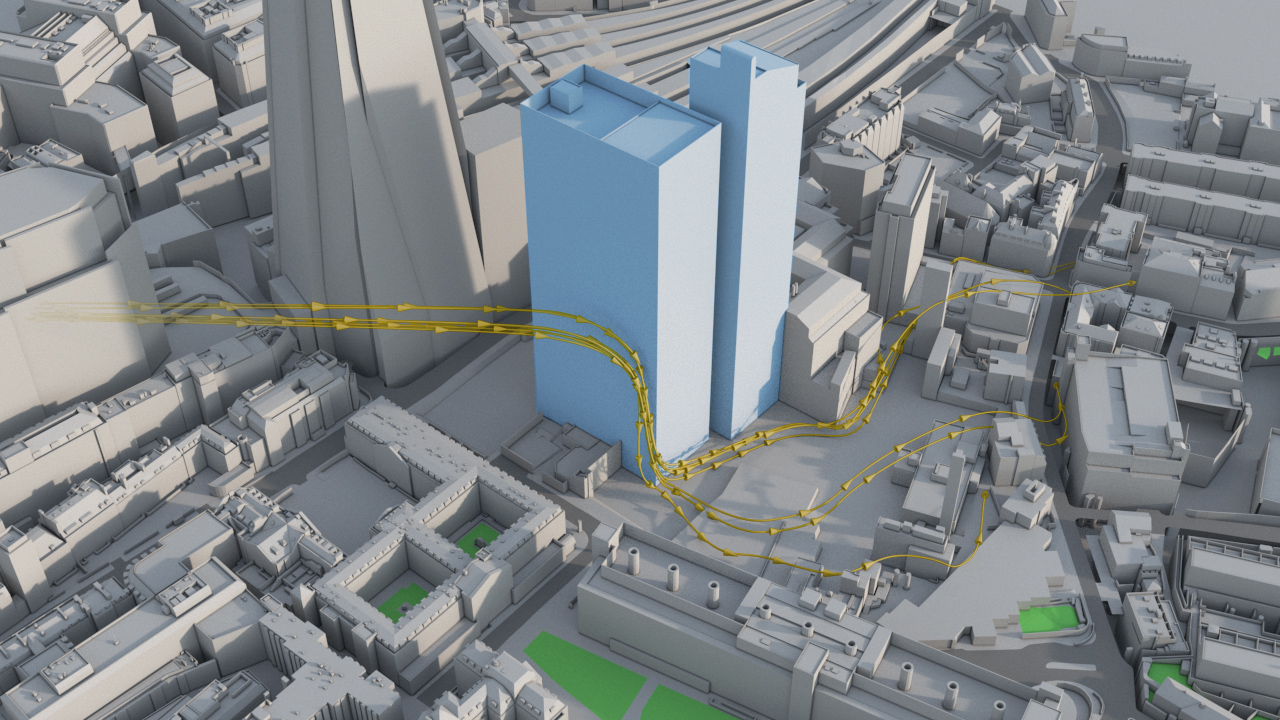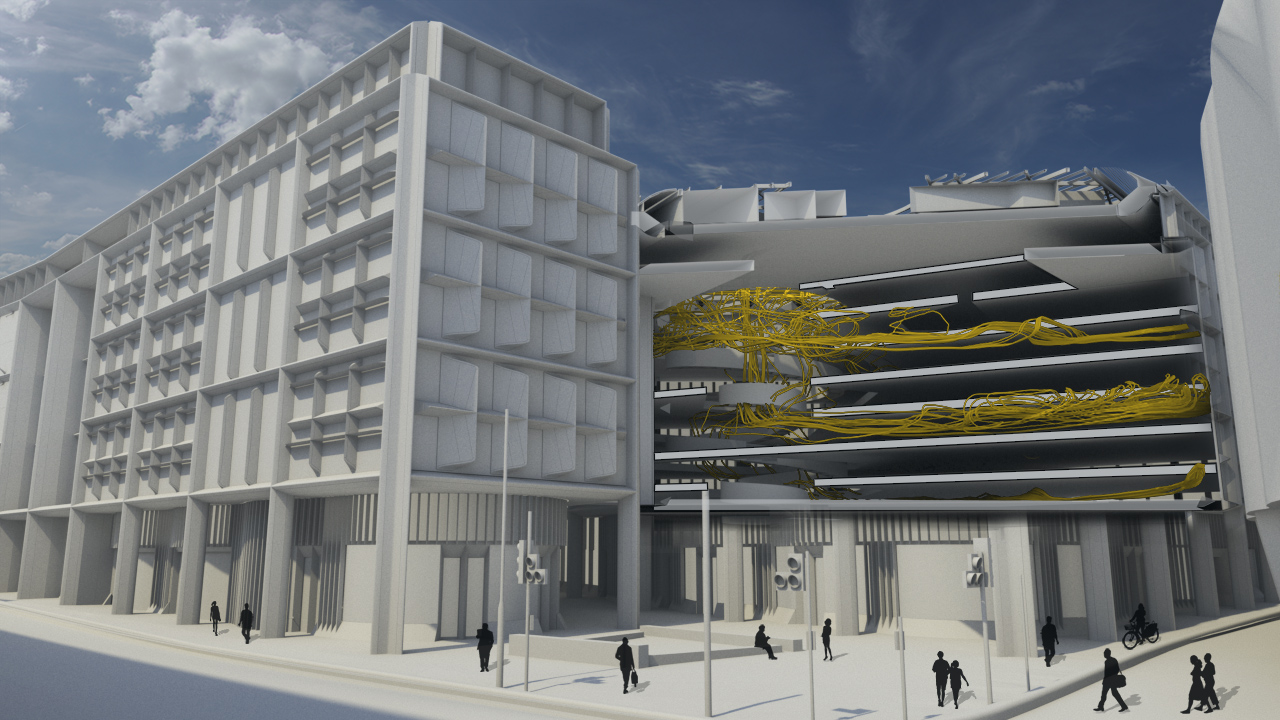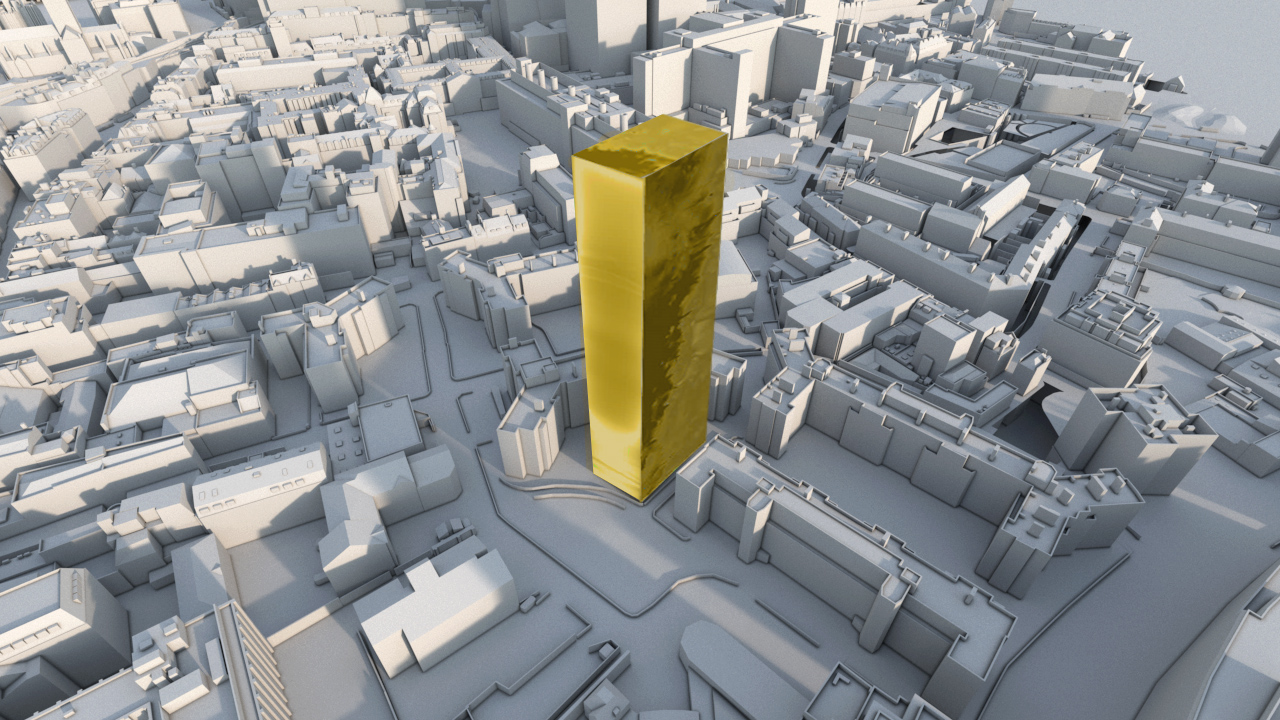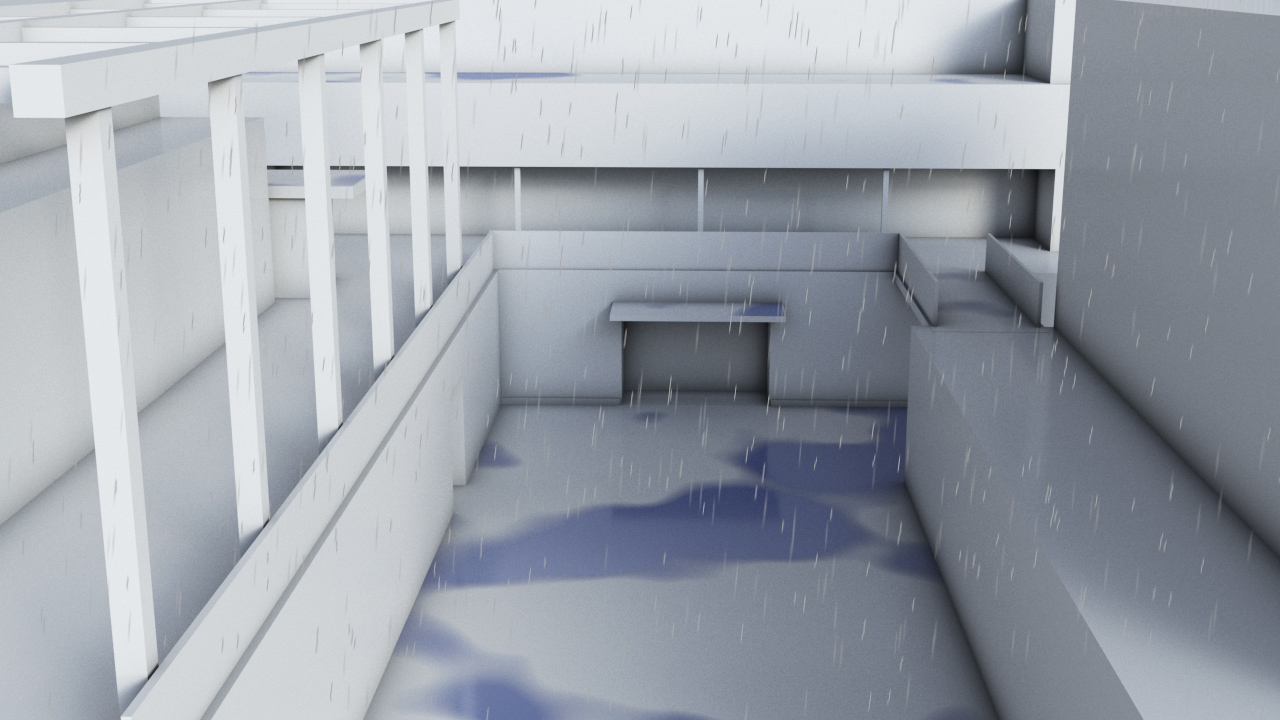
Wind Microclimate Assessments
We have Wind Microclimate packages suitable for project stages covering early concept development through to planning sign off.
We make urban habitats more comfortable and de-risk the planning process through application of high resolution CFD modelling early in the design and planning process. Greater understanding of the urban habitat, earlier, allows the creation of more effective solutions developed in tune with the building.
Our technology cannot only accurately predict a buildings local airflow, but allows the route cause of any pedestrian comfort issue to be found. Our long history in world-class aerodynamic expertise, enables us to develop innovative and non-intuitive design solutions that are beyond the scope of more traditional processes.
Our “daily development cycle” approach provides rapid turn around of results for new building designs, allowing pedestrian comfort analysis to be a part of the design process, rather than an afterthought. We enable our clients to have greater control on their urban habitats.

Master Planning
Our wind microclimate modelling can be scaled up to master planning levels and beyond, without jeopardising model resolution or results accuracy. This is due to Wirth Research’s on site high performance computing infrastructure and highly developed CFD processes and methods aimed to provide accurate results in short turnaround times.
Use of Wirth early on in the design process allows our clients to de-risk the planning process, and due to our “daily development cycle” approach, we are able to respond quickly to a clients needs.

Natural Ventilation and Stack Effect
We make buildings more comfortable and energy efficient. We reduce operating and capital expenditure through more effective and efficient use of ventilation systems.
Our natural ventilation modelling capabilities were employed to make the Bloomberg HQ in London worlds highest BREEM-rated major office building.
Our modelling has helped Apple Park become one of the most energy-efficient buildings in the world.
Incorporation of physics, such as solar loads, occupancy effects, electrical loads and lighting heat sources leads to more accurate analyses. This allows for detailed analysis of the internal airflows and efficient optimisation of the building layout. The internal building model can also be directly coupled to a full external urban model, covering several kilometres in diameter, to assess the impact of variations in wind conditions on the stack effect.

Wind Loads and Cladding Pressures
Wind loading and cladding pressure analysis using our high resolution CFD provides accurate, cost effective and quick results for our clients.
This allows analyses earlier in the building design process which can lead to more aerodynamically efficient buildings. Most importantly measurably reductions in building cost through reduced wind loading can be achieved.
Our highly efficient processes allow for a rapid development cycle, accompanied by our skilled and knowledgeable Aerodynamicists leads to significant improvements in building cost and design cycle. We work with our clients to ensure our development approach meets the project teams needs.
As with our microclimate analysis, we provide various levels of analysis to cover the project lifecycle, from concept development through to pre-building sign off.

Wind-Driven Rain
For semi-open developments, there can be a risk of rain water being driven into pedestrian areas, causing significant comfort and safety concerns. Our CFD analysis can be adapted to account for rainfall and water accumulation on a variety of urban surfaces, allowing for mitigation of wind-driven rain effects.




